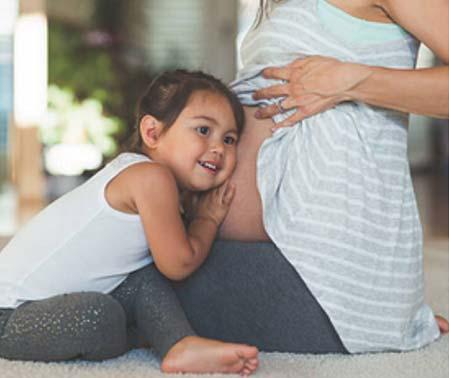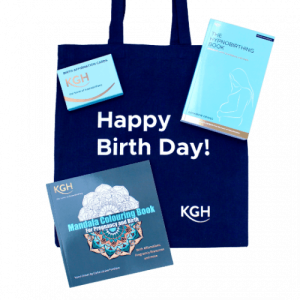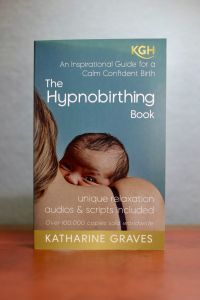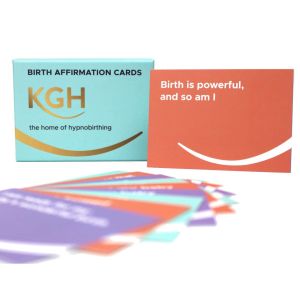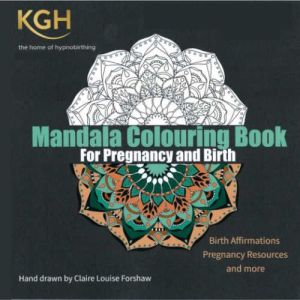Hospital
Nowadays in the UK this is where the majority of births occur and you will automatically be allocated to your nearest hospital. However you may choose a hospital so it is a good idea to take a tour of the hospitals in your area and decide which one you would like to use. You can request a referral from your doctor to the hospital of your choice.
The hospitals are staffed by midwives, doctors, consultant obstetricians and anaesthetists. The environment tends to be more high tech than homely with facilities for electrical monitoring of your contractions and the heartbeat of your baby. All levels of pain relief are available including epidurals, pethidine and gas and air.
These units are capable of carrying out all medical interventions in childbirth and can offer full anaesthetic service including caesarians.
For:
- All types of painkillers and an operating theatre are available(just in case).
Against:
- The alien environment can sometimes slow down labour which can lead to more intervention and the need for stronger pain relief.
- You may not know the midwife who delivers your baby
- Midwife shift changes could occur midway through your delivery
- Because the facilities for all types of intervention are available, they are more often used
- Hospital protocols with regard to time scale and interventions will be enforced
- A clinical atmosphere which is not conducive to relaxation and comfort
Midwife led units or birth centres.
These birth centres do not have consultants working in them and are usually staffed entirely by midwives. Many women assume they are getting the best of both worlds, hospital and home, by opting to give birth in a midwife led unit. They are suitable for women who show no signs of having any complications.
The style of these units is very different to a hospital and they are aimed at providing support for women to give birth naturally with minimal medical intervention and pain relief. They try to make the atmosphere more like home and often offer facilities unavailable in local hospitals such as birthing pools, birth balls, etc, and even sometimes family accommodation. Consultants are not available for caesarean sections and there are no anaesthetists to administer epidurals.
If needed, you would be transferred to a hospital, and a midwife led unit can sometimes be a separate department in the hospital building.
For
- Mother’s who birth in a birthing centre statistically use less pain relief and have less medical intervention than hospital births
- Fewer interventions and a more relaxed atmosphere contribute to an easier start for breastfeeding
Against
- If problems occur you will need to be transferred into hospital mid-labour
- You are still not in the comfort of your own home.
Homebirths
This was the traditional way to give birth before the medicalisation of childbirth. The number of people giving birth at home has now taken a full circle with an increase in the previous few years as mothers begin to realise its benefits.
This has come about with a government pledge to offer the option of homebirths to all women with the support of a midwife, and statistics proving home births being safer than hospital births. This statement is sometimes considered contentious, with the argument that only women with low risk pregnancies are allowed to have home births. However the adage ‘the more medical intervention in the earlier stages of childbirth will lead to more medical intervention during the later stages of childbirth’ statistically holds true and is known as the cascade of interventions, with one intervention leading to another.
For example in hospital highly trained doctors my feel ‘obliged’ to help a pregnancy on its way with intervention, after all this is what they have been trained to do. However in a more relaxed environment of the home childbirth may progress quicker and have less medical intervention.
For:
- The facilities that are available at a home birth in terms of pain relief and resuscitation equipment are the same as in a midwife led unit
- You are guaranteed one-to-one care as a midwife will be there just for you with a second midwife being present when you give birth, so the technical support is the same as in a midwife led unit, plus:
- A relaxed environment may help labour to proceed quicker.
- Higher chance of an intervention free childbirth and the need for pain relief is usually less.
- It’s your home so you are in control.
- Relaxing in your own home post birth with your family is an ideal environment for you and your baby.
- You can include any birthing accessories you may require, such as birthing pools, the stereo, candles, or whatever will make the environment just right for you.
Against:
- If problems occur you will need to be transferred into hospital mid labour.
Summary:
So the choice where to give birth is yours alone. Many mothers are scared by the general horror stories that they hear into giving birth in hospital, saying that they would really like to have a home birth but they assume that hospital is safer. A midwife led unit is often thought of as a half-way house. But mothers who give birth at home frequently say they would never do it any other way because it is a more comfortable, and in many cases a safer environment.
The lack of medical pain relief at a traditional hospital will not be an issue for you if you want to give birth at home, if having completed a hypnobirthing course you are prepared and comfortable with the techniques that will allow your body to do what it has evolved to do – give birth to a happy healthy baby.
